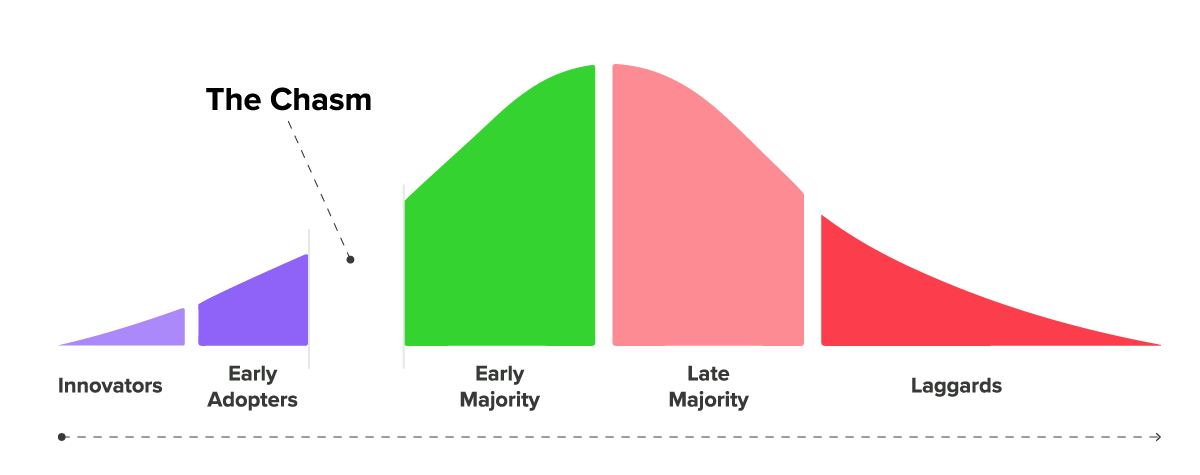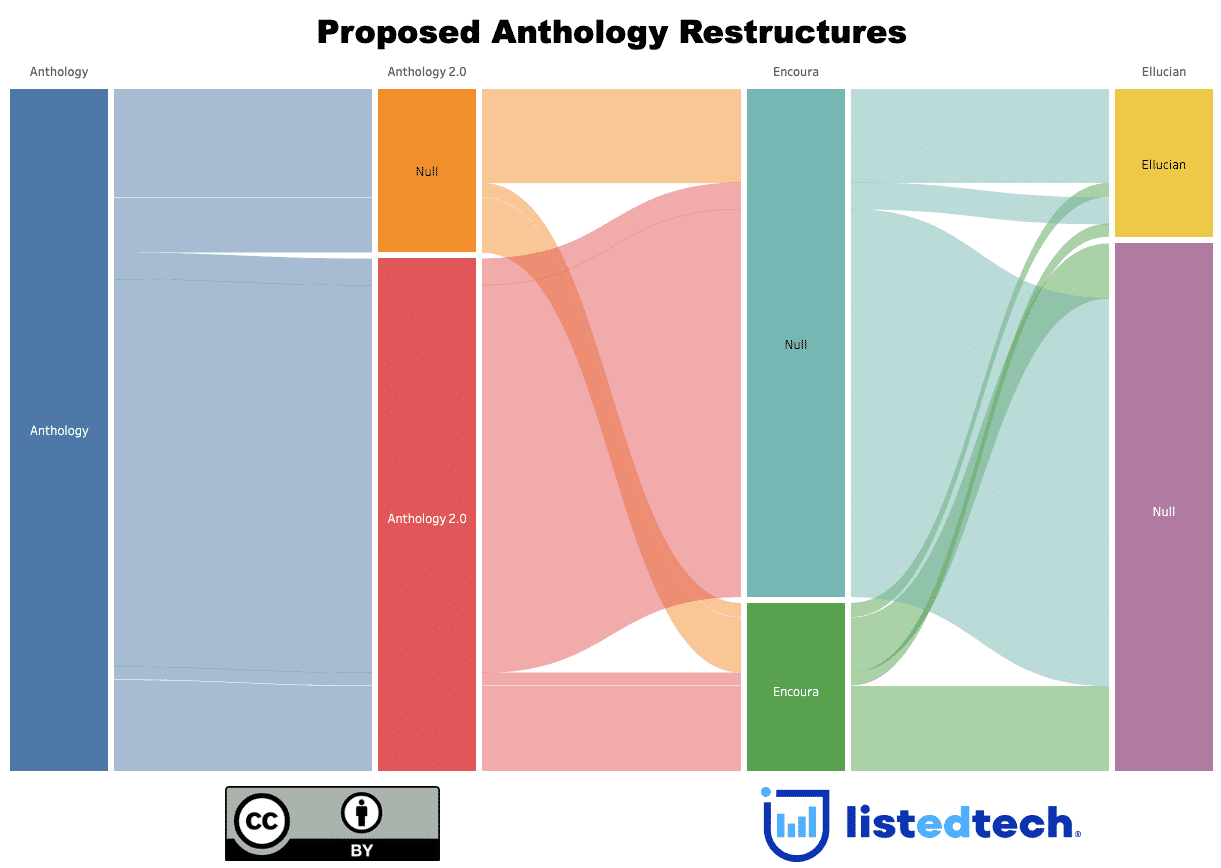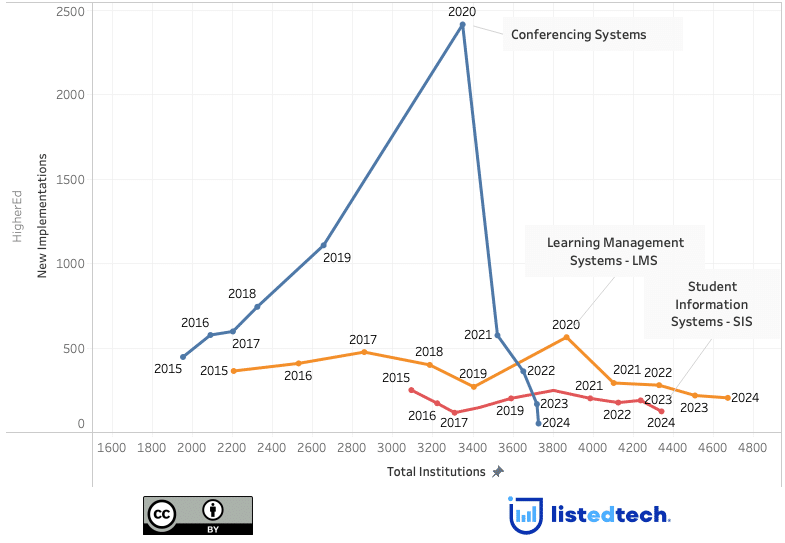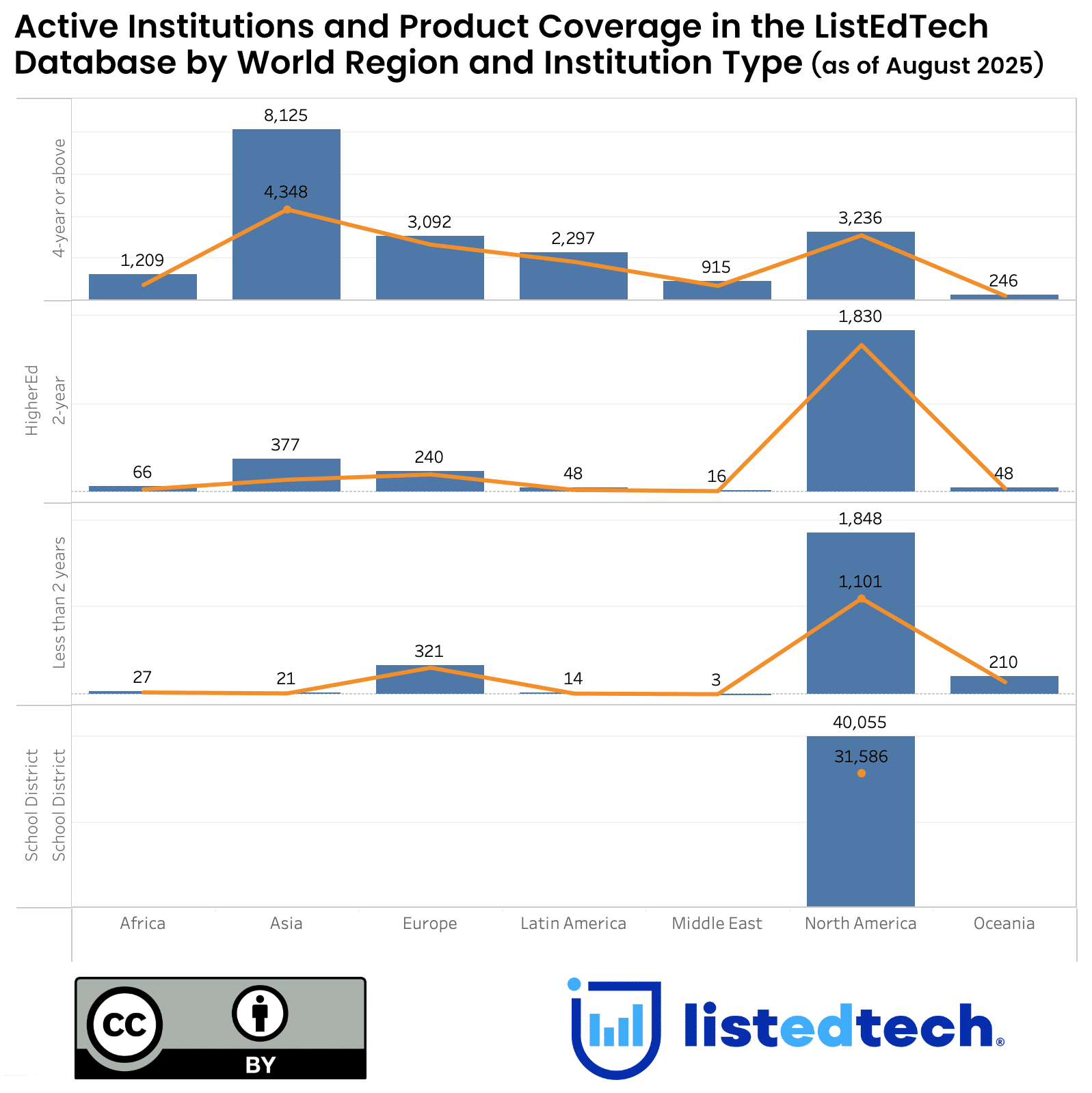
Key Takeaways:
- Annual validation safeguards data integrity — reviewing each institution yearly ensures its type, degree offerings, and enrollment figures are accurate and confirms the institution is still active.
- Official sources and consistent standards matter — using government-backed data and strict criteria keeps the database reliable and comparable worldwide.
- Reliable education data underpins major decisions — accurate institutional information supports policymakers, researchers, and accreditation bodies, making this process far more than a clerical task.
In the ever-evolving world of education, staying current isn’t just an advantage—it’s a necessity. A yearly validation of institutions plays a vital role in ensuring the integrity of institutional data across the globe. Here’s how it works, why it matters, and what makes it more complex than it might first appear.
The Goal
Our core aim is simple yet critical: to review and validate the data for each institution annually. This includes confirming the Institution Type, Degree Type, and Enrollment figures for every institution in our database.
Just as importantly, it allows us to verify that each institution is still active and operating—ensuring our data reflects only current, functioning entities.
The Deliverable
The result? A clean, updated, and verified dataset that can be relied on by users, researchers, and decision-makers looking for accurate educational information.
How the Workflow Works
Every country handles its institutional listings differently, which makes this task both global and nuanced. Our procedure prioritizes official, government-backed sources as the gold standard for data verification.
Sometimes enrollment statistics are published separately or have to be inferred from the accredited student capacity. The key is to chase the best available official source for each country and/or region. When a new credible site is discovered, the process is updated so that the overall quality improves over time.
As part of this process, an institution is only considered independent if it operates under a distinct domain name. Entities such as campuses or faculties that fall under the same domain as the main institution are grouped under the parent organization and not counted as separate institutions.
Review Timeline
Each institution is reviewed at least once per calendar year. However, it’s acknowledged that not every field can always be verified annually. Transparency about partial updates is baked into the process.
Geographic Scope
Given the scale of the work, we draw boundaries around which regions are reviewed:
- Not verified: Most countries in Africa, Asia (except Singapore and the Philippines), and US embargoed nations.
- Active Verification: Europe, North America, Oceania, and—starting in late 2024—Latin America.
- Special Note: School districts in Canada and the United States are also reviewed for K–12 education.
ListEdTech’s Global Institution Coverage
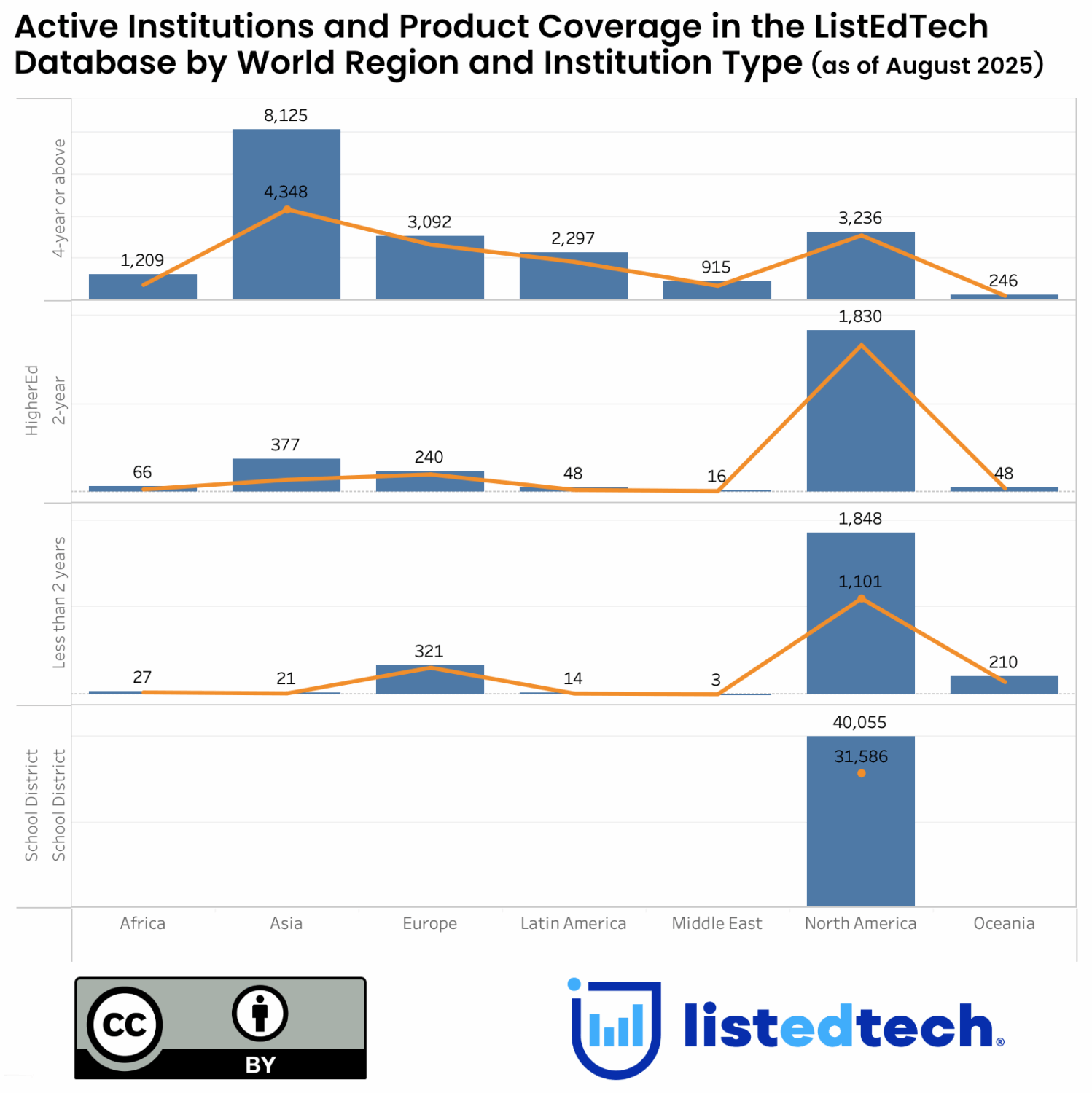
ListEdTech has been collecting and reviewing institutional information for more than a decade, which allows us to present a reliable picture of global education systems. The above chart compares active institutions in our database (blue bars) with those for which we have data on products implemented by the institutions (yellow line). North America has the highest numbers, reflecting the large network of school districts and the emphasis on tracking technology adoption in higher education. Europe and Asia also report sizable numbers of 4-year institutions, supported by established national systems and government reporting practices. In regions with smaller counts, differences often result from less standardized public data and varying definitions of institutional types. Overall, product usage is tracked for about three-quarters of institutions worldwide, with especially strong coverage in higher education where reporting tends to be more consistent.
Note: For now, ListEdTech only tracks school district information in North America.
Why It Matters
Validating institutions might sound like a clerical chore, but it’s foundational to maintaining trustworthy, up-to-date education data. From policy makers to accreditation bodies and rankings providers, stakeholders across the education ecosystem rely on data that’s not only comprehensive—but verifiably correct.
Our procedure ensures that we’re not just collecting data—we’re curating it responsibly.
